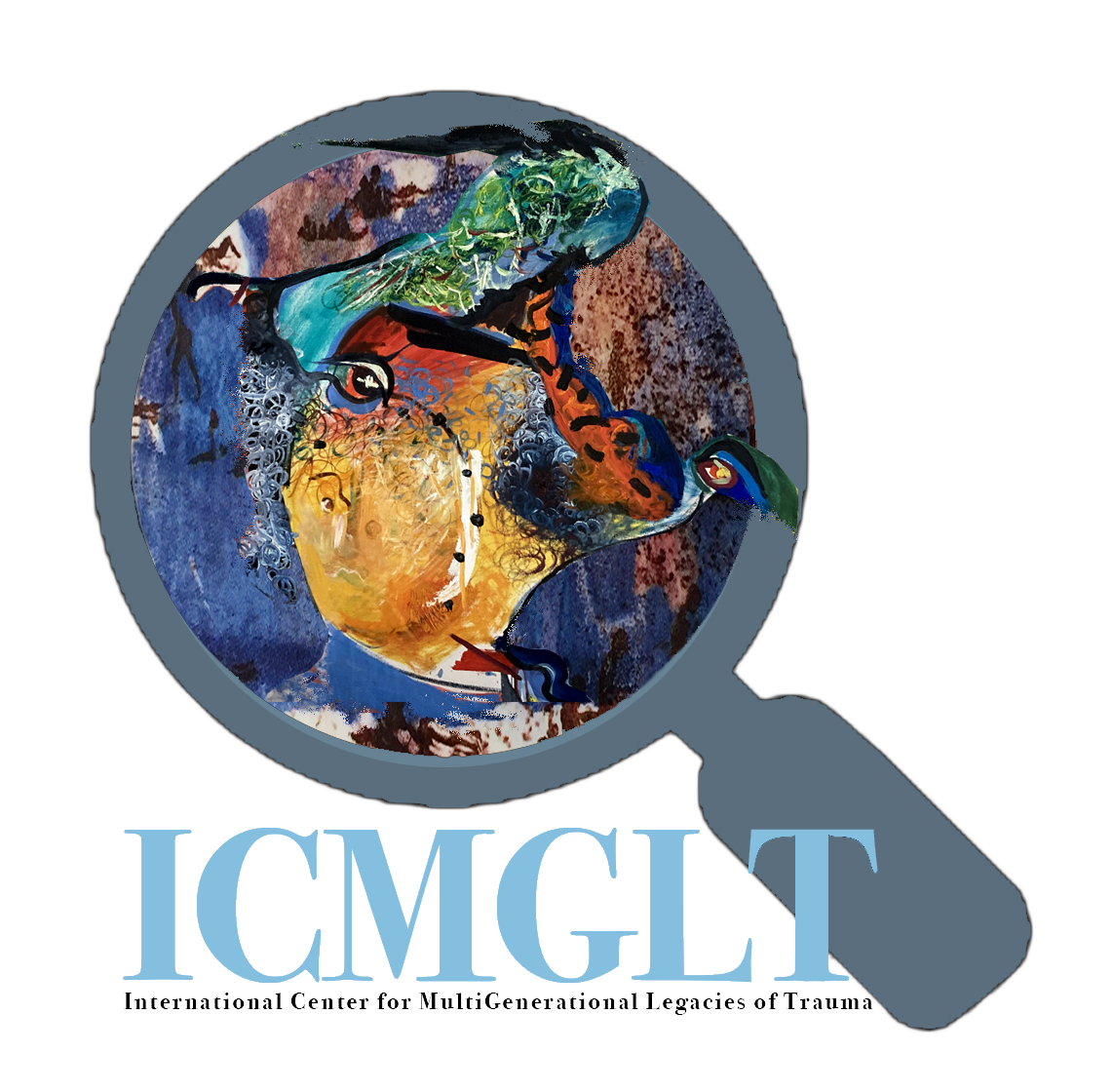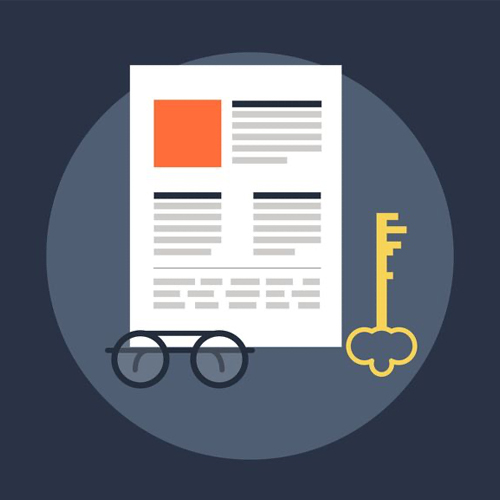Medoff, R. (2005). The Day the Rabbis Marched. The David S. Wyman Institute for Holocaust Studies.
Introduction
“Clear the way for those rabbis!” That was the first, and probably last, time the Station Master at Washington, D.C.’s Union Station shouted those words. The crowd before him was unlike any that had ever been seen in the central train station of the nation’s capitol. The date was October 6, 1943, three days before Yom Kippur and more than four hundred rabbis had come to plead for U.S. government action to save Jews from Hitler.
The march was the brainchild of 33 year-old Hillel Kook of Jerusalem, nephew of Abraham Isaac Kook, the first chief rabbi of British Mandatory Palestine. Kook, who used the pseudonym Peter Bergson, traveled to the United States in 1940 to lobby for U.S. support for Jewish immigration to Palestine and the creation of a Jewish state. After news of the Nazi genocide reached the United States in late 1942 and early 1943, Bergson established the Emergency Committee to Save the Jewish People of Europe, a political action committee that sought U.S. action to rescue Jewish refugees.
Bergson understood the need for dramatic tactics to publicize his cause. To alert the American public about the Nazi massacres, the Bergson group sponsored a theatrical pageant called “We Will Never Die,” authored by Academy Award-winning screenwriter Ben Hecht, which was viewed by more than 40,000 people at Madison Square Garden and then in other cities around the country. The Bergson activists also sponsored more than two hundred newspaper advertisements urging the United States government to rescue the refugees.

